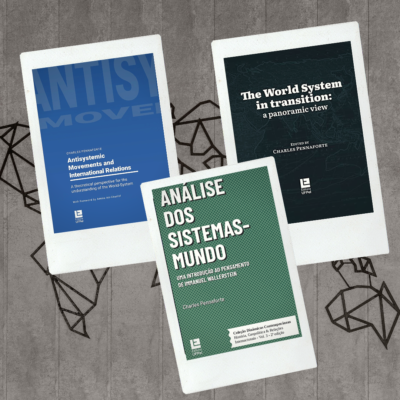By Diego Pautasso, LabGRIMA researcher
China has released the Silk Road Economic Belt And The Maritime Belt project, also known as Belt and Road Initiative (BRI) or the New Silk Road, on 2013 under the leadership of president Xi Jinping. BRI has many challenges on its way with regard to its financial and financial sustainability mechanisms, to its great constructions socio-environmental implications, to the superpower’s (EUA) response to its ambitious integration project led by China, among others. Anyhow, despite the challenges and eventual mishaps, BRI is central to Beijing international goals and, therefore, it has come to stay. In other words, the actual 2º BRI Forum could represent more than only the infrastructure projects viability promoted in the region by China.
The BRI Forum and its Challenges
The BRI’s projects involve, above all, transportation infrastructure, communication and energy, besides the industrial and urban development sector. Although centered on the infrastructure sector, it also aims to regional integration, security and geopolitical objectives.
Therefore, BRI has two dimensions, maritime and terrestrial, involve six different economic corridors: the New Eurasian Land Bridge – from Lianyngang port in Jiangsu up to Rotterdam; the China-Mongolia-Russia Economic Corridor; the China-Central Asia-Western Asia Corridor; the China-Indochina Peninsula Corridor; the China-Pakistan Economic Corridor; and the Bangladesh-China-India-Myanmar Economic Corridor. Thus, BRI needs to be understand as a part of the chinese national reconstruction and of its power global projection.
The Chinese Globalization Project
The New Silk Road represents the conformation deepening of the sinocentric system, that means, the integration of the Eurasian heartland by the Chinese leadership. Such a system have been gaining shape since the Cold War’s end. The URSS collapse, the dynamism loss of the Japanese economic and the retreat and/or displacement of power projection from US, combining with China’s rapid ascension, has deepened the gravitational effect of China under the region. Not only as epicenter of the flow of wealth (trade, investment and financing), but also as leadership of the integration processes, especially of ASEAN+1 and OCX.
In this sense, we suggest that BRI is a regional genesis of a Chinese globalization project. Indeed, such initiative tends to exacerbate the contradictions with the current world leadership of the US. Beyond territorial disputes, there are strategies and geoeconomic and geopolitical capacities in dispute, including the redefinition of hegemonic power in the world.
In short, the 2017 and 2019 BRI Forums represents the proportions of the project as well as Beijing’s leadership projection. The consolidations of the projects are a proof not only for BRI, but to a conformation of an alternative world order to the neoliberalism and unilateralism promoted by Washington.

